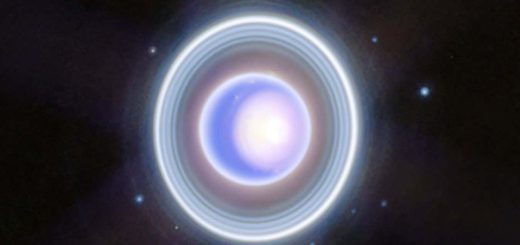Quantum computers are surprisingly random – but that’s a good thing
While randomising a deck of cards gets more difficult as you add more cards, it turns out that the same isn’t true for the qubits of quantum computers, which may prove surprisingly useful
By Alex Wilkins
3 July 2025
Shuffling quantum objects is much stranger than shuffling classical ones
Andriy Onufriyenko/Getty Images
Quantum computers can produce randomness much more easily than previously thought, a surprising discovery that shows we still have much to learn about how the strange realm of quantum physics intersects with computation.
Randomness is a key component of many computational tasks – weather forecasting, for example, involves simulating atmospheric behaviour many times over, each time with a slightly different initial configuration chosen randomly. For quantum computers, arranging their quantum bits, or qubits, in random configurations to produce results is one way that researchers have attempted to demonstrate quantum advantage, where quantum computers can do tasks that are effectively impossible for classical machines.
Read more
Quantum computers teleport and store energy harvested from empty space
Setting up these random configurations essentially means shuffling the qubits and the way they link together multiple times, similar to the way you would shuffle a deck of cards. But just as a larger desk of cards is more unwieldy to shuffle than a smaller one, this process was thought to take much longer as you added more qubits to your system. Because more shuffling increases the chances of ruining the qubits’ delicate quantum state, this meant that many useful applications that relied on randomness were thought to be limited to small quantum computers.
Now, Thomas Schuster at the California Institute of Technology and his colleagues have found that these random sequences can be produced with fewer shuffles than we thought, which opens up the possibility of using randomly arranged qubit sequences that would previously have been too complex to implement on larger quantum computers.
To show this, Schuster and his team imagined dividing a collection of qubits into smaller blocks, and then mathematically proved that these blocks could each produce a random sequence. Then, they proved that these smaller qubit blocks could be “glued” together, creating a well-shuffled version of the original set of qubits in a way that you wouldn’t necessarily expect.


